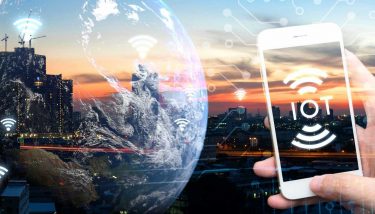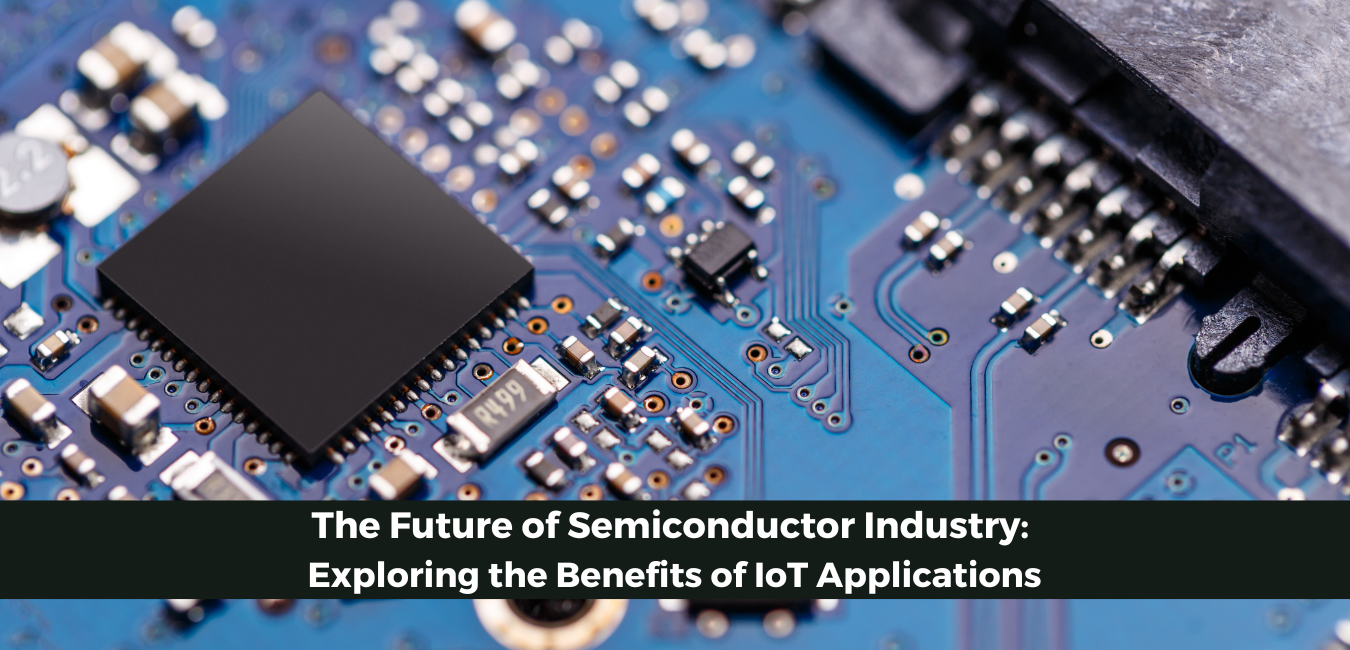The Future of Industrial Internet of Things (IIoT) Market

“The extension and use of the internet of things (IoT) in industrial sectors and applications is referred to as the industrial internet of things (IIoT). The IIoT enables industries and companies to improve their efficiency and dependability in their operations by focusing on machine-to-machine (M2M) connectivity, big data, and machine learning. The IIoT encompasses industrial applications, including robotics, medical devices, and software-defined production processes.”
The industry may benefit from stronger system integration in terms of automation and optimization, as well as better visibility of the supply chain and logistics, thanks to the convergence of IT and OT. The use of smart sensors and actuators, as well as remote access and control, makes it easier to monitor and operate physical infrastructures in industrial processes such as agriculture, healthcare, manufacturing, transportation, and utilities.
The IIoT is critical to how cyber-physical systems and production processes will adapt with the use of big data and analytics as part of the fourth industrial revolution, called Industry 4.0. Real-time data from sensors and other sources aids industrial devices and infrastructures in “decision-making,” allowing them to generate insights and take specified actions. Machines can also take on and automate jobs that were previously impossible for prior industrial revolutions to accomplish. In a larger sense, the IIoT is critical for use cases involving networked ecosystems or surroundings, such as how cities and factories become smart cities and smart factories.
How does IIoT work?
The Internet of Things (IIoT) is a system that connects intelligent objects to monitor, collect, exchange, and analyze data. Each industrial IoT ecosystem comprises of the following components:
- connected devices that can sense, communicate, and store data about themselves;
- public and/or private data communications infrastructure;
- analytics and applications that generate business intelligence from raw data; data storage for IIoT devices; and people
These intelligent assets and edge devices send data directly to the data communications infrastructure, where it is transformed into useful information about how a piece of machinery is performing.
Which industries are using IIoT?
The IIoT is used in a wide range of sectors. The automotive sector, for example, employs IIoT devices in the manufacturing process. Industrial robots are widely used in the automobile industry, and IIoT can assist prevent production disruptions by proactively maintaining these systems and detecting possible faults.
IIoT devices are also widely used in the agriculture industry. Industrial sensors collect data on soil nutrients, moisture, and other factors to help farmers grow the best crop possible.
Industrial IoT devices are being used in the oil and gas industry.
Some oil corporations have a fleet of autonomous aircraft that can detect possible pipeline faults using visual and infrared imaging. To ensure safe operations, this data is integrated with data from various types of sensors.
What are the benefits of IIoT?
Predictive maintenance is one of the most widely advertised advantages of IIoT devices in the industrial business. Organizations can estimate when a machine will need to be maintained using real-time data generated by IIoT systems. This allows for the necessary maintenance to be completed before a failure. This is especially useful on a production line, where a mechanical failure could result in a work stoppage and significant expenditures. An organization's operational efficiency can be improved by proactively addressing maintenance issues.
Another advantage is that field service is more efficient. Field service technicians can use IIoT technologies to discover possible flaws in client equipment before they become serious problems, allowing them to remedy the issues before they cause customers any difficulty. These technologies could also provide information to field service technicians about which parts they'll need to complete a repair. When making a service call, the technician will have all of the necessary parts with them.
Customer satisfaction can also be improved thanks to the IIoT. When devices are connected to the internet of things, manufacturers and product designers may collect and analyze data on how customers use their products, allowing them to create more customer-centric product roadmaps.
Facility management is also improved with the IIoT. Manufacturing machinery is prone to wear and tear, which can be aggravated by particular manufacturing circumstances. Sensors can detect vibrations, temperature, and other things that could cause poor working conditions.
Is the IIoT secure?
Manufacturers produced IoT devices without care for security early on, leading to the assumption that IoT devices are inherently vulnerable. Given the similarities between IoT and IIoT devices, it's important to think about whether using IIoT devices is safe.
IIoT devices, like any other connected device, must be assessed on a device-by-device basis. One manufacturer’s product may be secure while another's isn't. Despite this, gadget manufacturers are placing a greater emphasis on security than ever before.
The Industrial Internet Consortium was formed in 2014 by a group of technology corporations including AT&T, Cisco, General Electric, IBM, and Intel (IIC). Although the major goal of this organization is to speed the adoption of IIoT and associated technologies, it has prioritized security, even forming a security working group. Technology, Liaison, Marketing, Industry, and Digital Transformation are among the IIC's other working groups.
What are the risks and challenges of IIoT?
Security is one of the most significant hazards linked with IIoT deployment. Even after they've been put into production, it's not uncommon for IIoT devices to continue to use default passwords. Many IIoT devices, likewise, send data in plain text. An attacker would find it reasonably straightforward to intercept data flowing from an IIoT device under these circumstances. An attacker might also take control of an unsecured IIoT device and use it as a launchpad for an assault on other network resources.
Device management, as well as security, is a major concern for people in charge of an organization's IIoT devices. As a business embraces more IIoT devices, an effective device management strategy will become increasingly vital. To prevent the usage of rogue IIoT devices, businesses must be able to positively identify IIoT devices. Setting up a system to identify each particular device is also necessary for actions like replacing a malfunctioning device or executing a device refresh.
Major Market Highlights:
- Intel's AI technology was used in collaboration with John Deere to assist solve an expensive, long-standing problem in the production welding process. In its manufacturing facilities, Deere is testing a system that employs computer vision to automatically recognize frequent errors in the automated welding process.
- Cisco has teamed up with Newark, an Avnet company, to offer clients across North America industrial IoT network solutions for rugged and non-carpeted environments.
- Plataine worked with SAP to integrate IIoT and AI-based digital manufacturing tools into its business offering. Plataine's cloud-based IIoT and AI-based digital manufacturing software are now accessible on SAP Store, which merged with SAP App Center to create a unified digital store for SAP and partner offerings.
What is the future of IIoT?
The future of IIoT is inextricably linked to the Industry 4.0 trend. In essence, Industry 4.0 is the fourth Industrial Revolution.
The first Industrial Revolution began in the late 1700s, when corporations began to use water- or steam-powered equipment to manufacture goods. The arrival of electricity and assembly lines ushered in Industry 2.0 at the beginning of the twentieth century. Industry 3.0 emerged in the latter half of the twentieth century, and it was linked to the usage of computers in production.
We are now in the era of Industry 4.0. The utilization of linked electronic devices, particularly IIoT devices, is central to Industry 4.0.
IIoT devices will play an increasingly important role in digital transformations in the future, particularly as companies strive to digitize their production lines and supply chains. Big data analytics will also evolve to include data from IIoT devices. Organizations will be able to monitor and respond to changing conditions in real-time as a result of this.
Even though IIoT devices have been around for a while, real-world adoption is still in its early stages. This is likely to change as 5G becomes more widely available and more businesses recognize the value of IIoT. For enterprises interested in learning more about IoT and IoE, there are a variety of tools available online.








